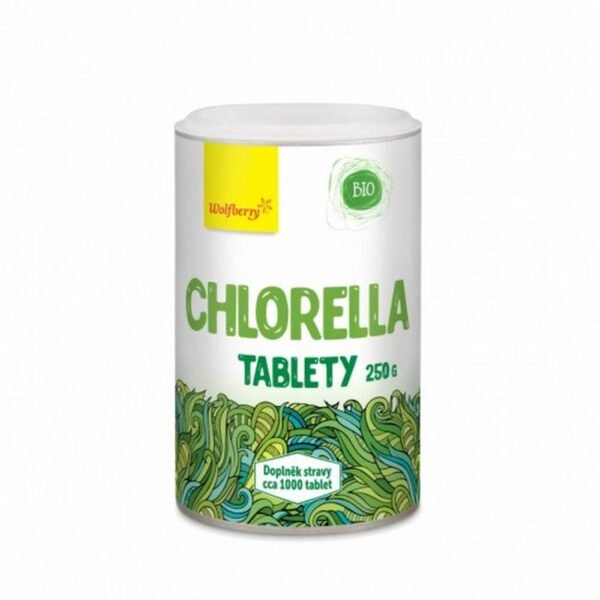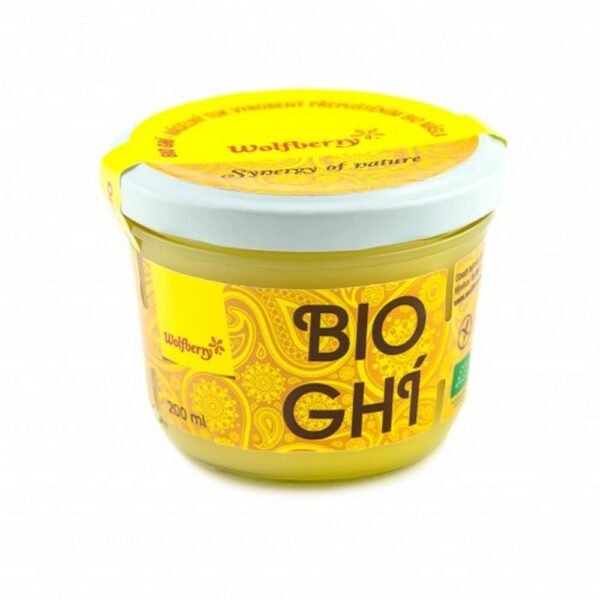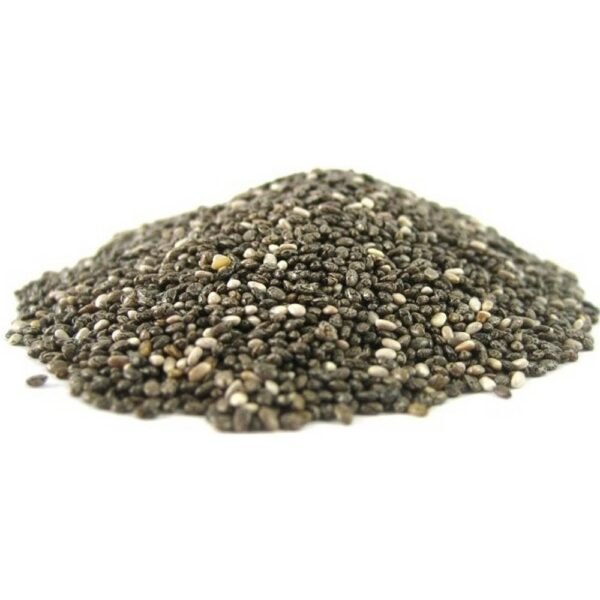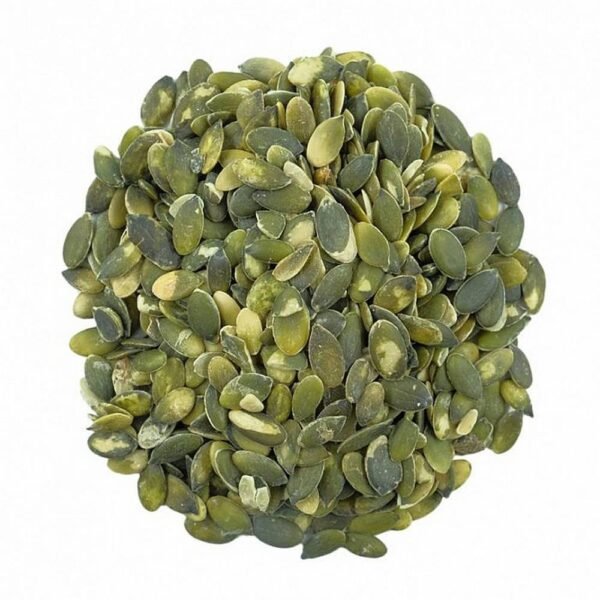CREAPURE CREATINE 500, CRÉAPURE CRÉATINE 500, Reflex Nutrition
€41.39
Sports nutrition
Nutrition sportive
Bio food
Creatine monohydrate has been used in all sports for many years. Creatine is the body’s own substance, it is present in every human cell as a source for restoring cellular energy ATP. Depending on body weight and the amount of muscle mass, creatine stores represent amounts ranging from 100 to 150g contained throughout the body. Of this, 2 to 4 g of creatine is used daily for normal physical activities. Half of this amount is produced by the body itself, the rest must be supplied to the body through food. This corresponds to about 500g of beef or fish per day, which is very difficult from a practical point of view.
La créatine monohydrate est utilisée dans tous les sports depuis de nombreuses années. La créatine est la propre substance du corps, elle est présente dans chaque cellule humaine comme source de restauration de l’énergie cellulaire ATP. En fonction du poids corporel et de la quantité de masse musculaire, les réserves de créatine représentent des quantités allant de 100 à 150 g contenues dans tout le corps. Sur ce total, 2 à 4 g de créatine sont utilisés quotidiennement pour des activités physiques normales. La moitié de cette quantité est produite par le corps lui-même, le reste doit être fourni au corps par la nourriture. Cela correspond à environ 500g de bœuf ou de poisson par jour, ce qui est très compliqué d’un point de vue pratique.
Kreatin monohydrát je po dlouhá léta využíván ve všech sportovních odvětvích. Kreatin je látka tělu vlastní, je přítomna v každé lidské buňce jako zdroj pro obnovu buněčné energie ATP. V závislosti na tělesné hmotnosti a množství svalové hmoty, představují zásoby kreatinu množství v rozpětí 100 až 150g obsaženého v celém těle. Z toho je denně využito 2 až 4 g kreatinu pro běžné fyzické aktivity. Polovinu z tohoto množství si tělo produkuje samo, zbytek musí být dodán do organismu potravou. Tomu odpovídá zhruba 500g hovězího masa, nebo ryb denně, což je z praktického hlediska velmi složité.
| Weight | 0.6 kg |
|---|---|
| Producing country | |
| Manufacturer |
Reflex Nutrition |
| Dosage form | |
| Hair type | |
| Usage |









 For Kids
For Kids












